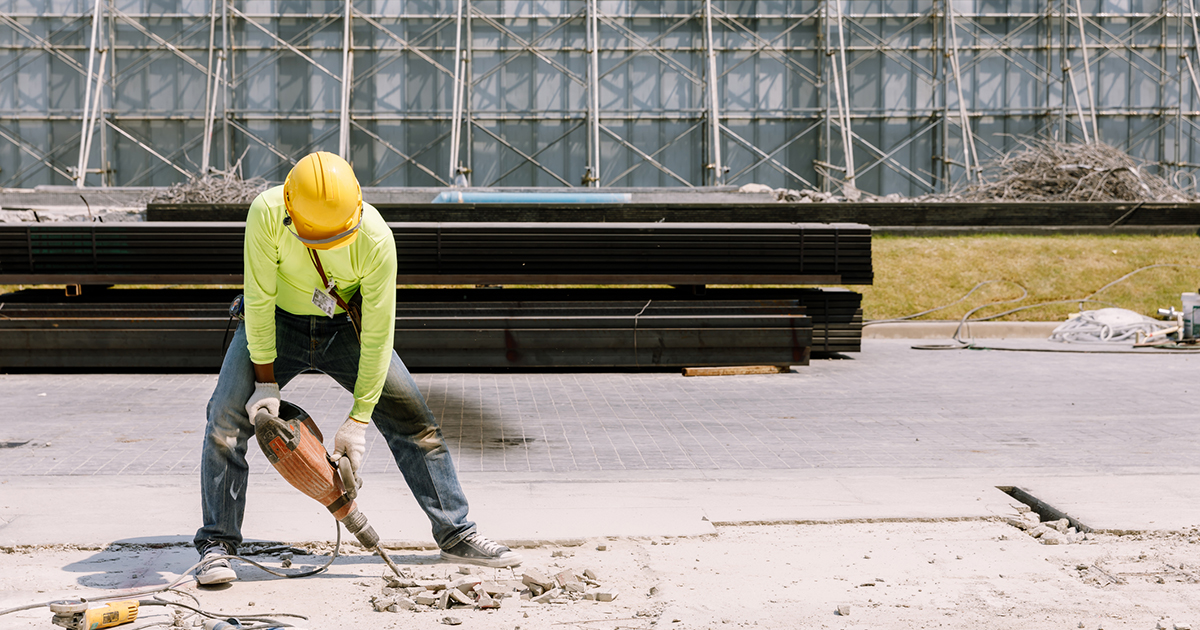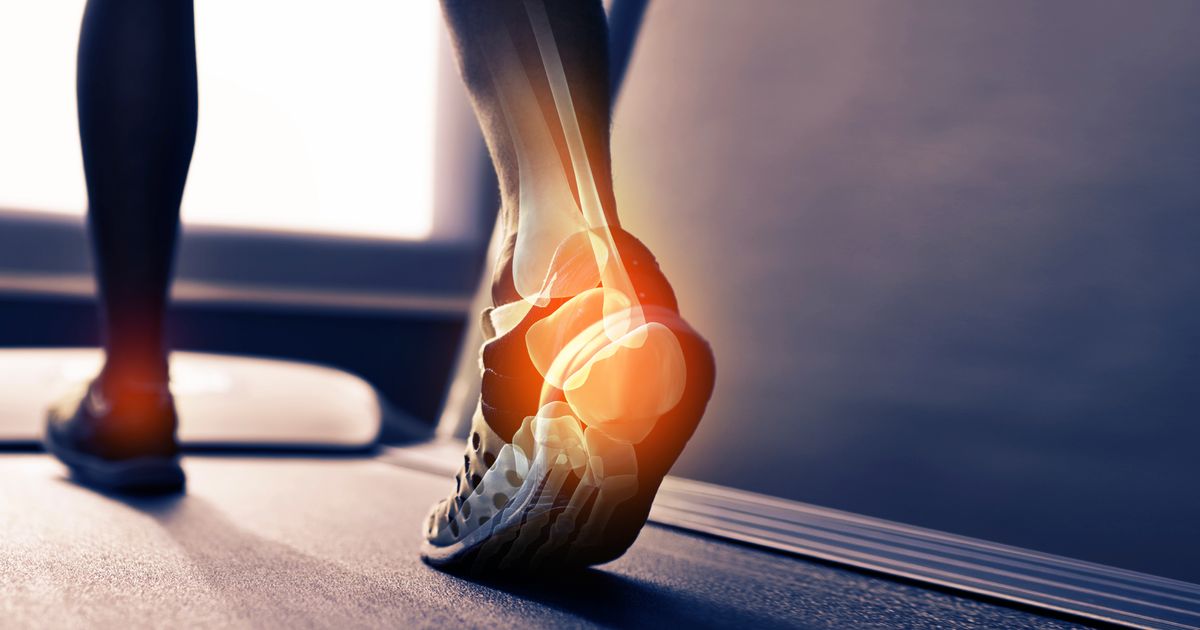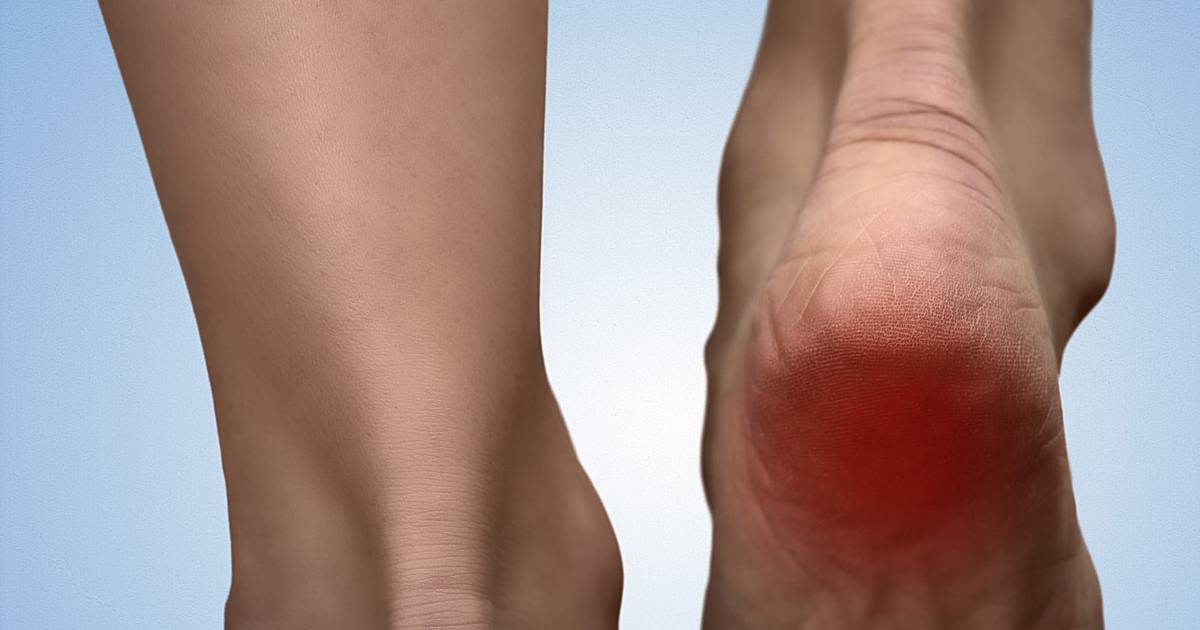What Causes Plantar Fasciitis?
One of the most common causes of heel pain is plantar fasciitis, which is the result of inflammation of the thick tissue that crosses the bottom of the heel. This tissue or tendon, known as the plantar fascia, connects the heel to the toes. Being subject to the weight of the whole body as well as any impact or jarring individuals impose upon it, it is one of the most frequently injured parts of the foot. Not to mention, various individuals are predisposed to this type of heel pain because of their body composition and lifestyle. Understanding the causes as well as some of the ways these issues can be offset can help individuals avoid this type of heel pain and enjoy a healthier, more active lifestyle.
Obesity Or Weight Gain

If individuals are dealing with excessive heel pain, they're likely wondering what the cause is as well as the remedy. While most cases of plantar fasciitis heal on their own, some become a more chronic problem that can contribute to limited mobility over time. Obesity or weight gain has been identified as one of the only factors known to predict whether plantar fasciitis will develop into a long-lasting issue.
The study also revealed the more overweight an individual was, the more expansive the disability was. Fortunately, however, some research has also indicated weight loss reduced foot pain and the risk of developing plantar fasciitis. Not surprisingly, individuals struggling with losing weight are typically the most likely to report heel pain and plantar fasciitis. Individuals this applies to should try to start getting active with non-weight bearing exercises, like cycling or water aerobics.
Continue reading to discover when running can potentially cause plantar fasciitis next.
Long-Distance Running

There is significant research to support the claim long-distance running can contribute to the development of heel pain and plantar fasciitis. Although part of the job of the plantar fascia is to absorb some of the shock individuals subject it to, runners often take this to the extreme.
To reduce foot pain that may be a result of running, individuals should take some time off to allow their foot to rest and heal. While taking a break from running, individuals can participate in other physical activities to keep up their endurance, including swimming and cycling. Also, they should be sure to practice appropriate stretches, massage, and even soaking their foot to help it heal. When individuals think they're ready to pick running back up, they should be sure to wear a shoe with good arch support and take it a little at a time to avoid reinjury.
Next, find out how an individual's job can cause plantar fasciitis.
Active Jobs

Not surprisingly, active jobs, particularly those that require prolonged weight bearing, are also considered a major risk factor to developing plantar fasciitis. This is because the plantar fascia is subject to the body's load for extended periods without rest. Not only that, but these active jobs tend to involve other risk factors as well, including wearing stiff or unsupportive shoes and standing on hard floors.
Ideally, individuals would be able to find a job more conducive to effective foot care if they're dealing with heel pain and an active job. However, for most individuals that's not an option, and instead they should do their best to find work-appropriate and supportive shoes. They should look for something that fits well, is flexible, and is shaped to their foot. Also, they should try to take breaks when necessary to give their feet a break, and when standing, shift their weight to give either foot a break as much as possible. Individuals may also find relief from stretching before, during, and after work.
Keep reading to discover how the structure of their foot can make individuals more prone to plantar fasciitis.
Structural Foot Problems

Unfortunately, some individuals are predisposed to plantar fasciitis simply due to the composition of their feet. For most, this means they are either flat-footed or have unusually high arches. Flat feet are an issue because they cause over-pronation when walking. This stretching of the plantar fascia away from the heel bone causes increased stress on the foot as well as additional gait issues. The issue with high arches is typically a result of poor foot support. If the arch is not appropriately supported in the shoe, it can cause misalignment and pain.
While there aren't as many options for treating structural foot problems related to heel pain, there are a few things patients can do. Wearing the right footwear, in either case, will make a big difference because individuals will have the right support their feet need. Some individuals also find relief from wrapping their feet or wearing a brace, particularly during physical activity. However, if an individual is dealing with structural foot problems, it is best to work with a professional who can provide them with specific treatment and tools to prevent injury.
Continue reading to reveal the role tendons can play in causing plantar fasciitis.
Tight Achilles Tendons

Tight Achilles tendons and tight calves are another common cause of plantar fasciitis. These issues contribute to heel pain by pulling on the plantar tendon and weakening the attachment of the fascia to the bone. Over time, the tendon may be stretched to a point that micro-tears begin forming in the fascia and causing it to pull away from the bone. This issue causes not only pain but also inflammation.
Prevention is the key when it comes to tight Achilles tendons. Individuals can help keep their tendons limber and avoid injury by warming up before exercising or stretching. Once warm, they should stretch their Achilles tendons using targeted exercises like flexing and stretching their ankle, rolling their foot over a ball, and flexing their foot manually while sitting and supporting their heel with their hand. Wearing the correct footwear is also essential to treat issues related to tight tendons and heel pain. They should be sure to choose something with the right support and sole appropriate for whatever activity they may be doing. Taking these measures will help them avoid unnecessary tendon strain.
Discoverhow shoes may cause plantar fasciitis next.
Improperly Fitting Shoes

Plantar fasciitis is just one of the many painful conditions that can develop in individuals who ignore the advice of always wearing correctly sized and properly fitting shoes. When a foot is shoved into improperly fitting shoes, the tendons, bones, and other structural elements of the foot are not given the support they need to be healthy and function properly. Ignoring foot slippage inside a too-large shoe can be equally as damaging as squeezing a foot into a small shoe. The potential symptoms only worsen as the individual increases the time worn. Properly fitting shoes allow for comfort, support, and security, enabling safe mobility with strong support. If an individual's shoes are causing them pain or discomfort, it's time for a change.
Learn more about the various causes of plantar fasciitis now.
Sudden Increase In Exercise

While exercise is undeniably good for the body, individuals who are just easing into it or have made a dramatic increase in intensity or duration need to be mindful of their feet. Our feet bear a lot of the burden of our weight, and adding exercise only intensifies this. For example, an individual who changes from moderately exercising at the gym four times a week to training to run a marathon will certainly feel soreness in different and new areas, often the feet. This is also true for those who work in a job that requires walking and lifting throughout the day. Any sudden increase in exercise, whether obvious or not, has the potential to cause foot problems, such as plantar fasciitis.
Continue to uncover the heel condition that can cause plantar fasciitis next.
Connection To Heel Spurs

Plantar fasciitis has a strong connection to heel spurs, and they are perhaps one of the most well-known causes of the condition. A heel spur is actually a calcium deposit that develops on the underside of the heel bone. The build-up process can take place over the course of many months, and it is exacerbated by the various types of strain individuals put on their ligaments and muscles, through stretching, exercise, and even regular daily activities. The excessive strain and stretch associated with heel spurs can also affect the plantar fascia. Heel spurs are most common in athletes and specifically affect those who engage in large amounts of running and jumping.
Get the details on what lifestyle can result in plantar fasciitis next.
A Sedentary Lifestyle

Living a sedentary lifestyle is never an optimal choice for anyone's health. However, many individuals are often surprised by the fact experiencing limited mobility can actually cause inflammation and damage to the tissues. While overuse can lead to damage in the ligaments and tendons, under-use can also cause inflammation. Decreased mobility causes these areas to swell from lack of use. Furthermore, when a typically sedentary individual does engage in physical activity, it puts the tissues at a greater risk of injury, as they are not accustomed to the activity and mobility. In order to prevent lasting pain to the feet, some types of exercises must be incorporated. Even for those who may experience pain or injury, there are certain types of movements that will keep inflammation at bay. Patients should discuss these options with a doctor or physical therapist.